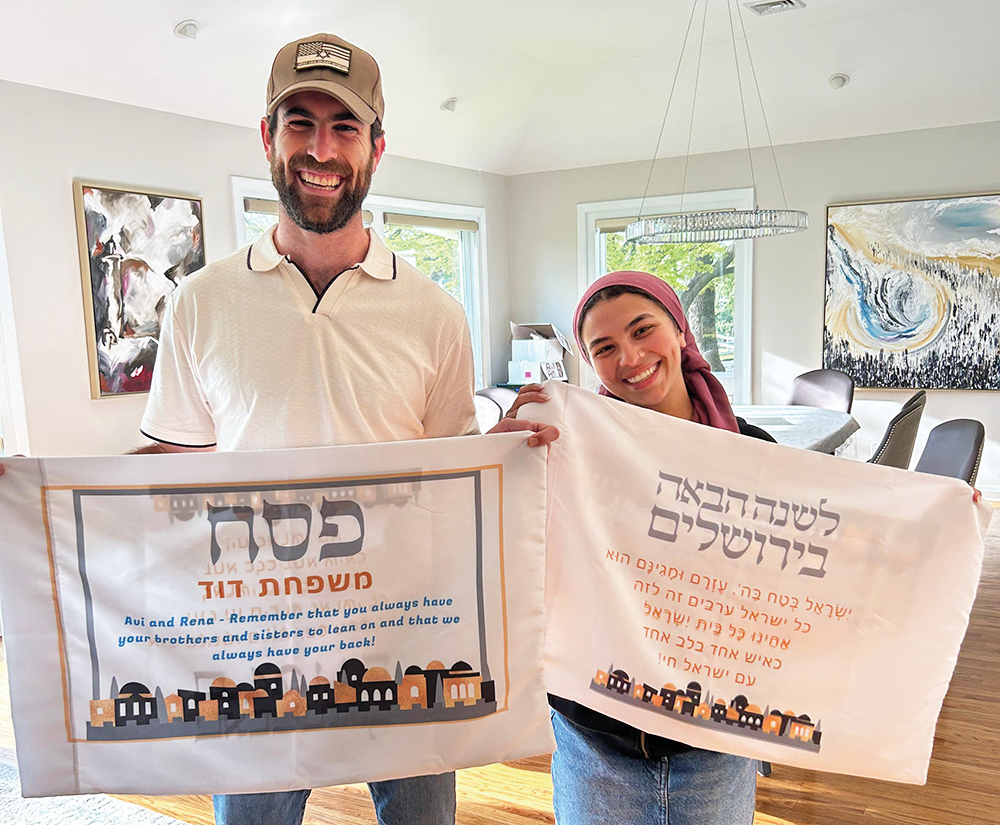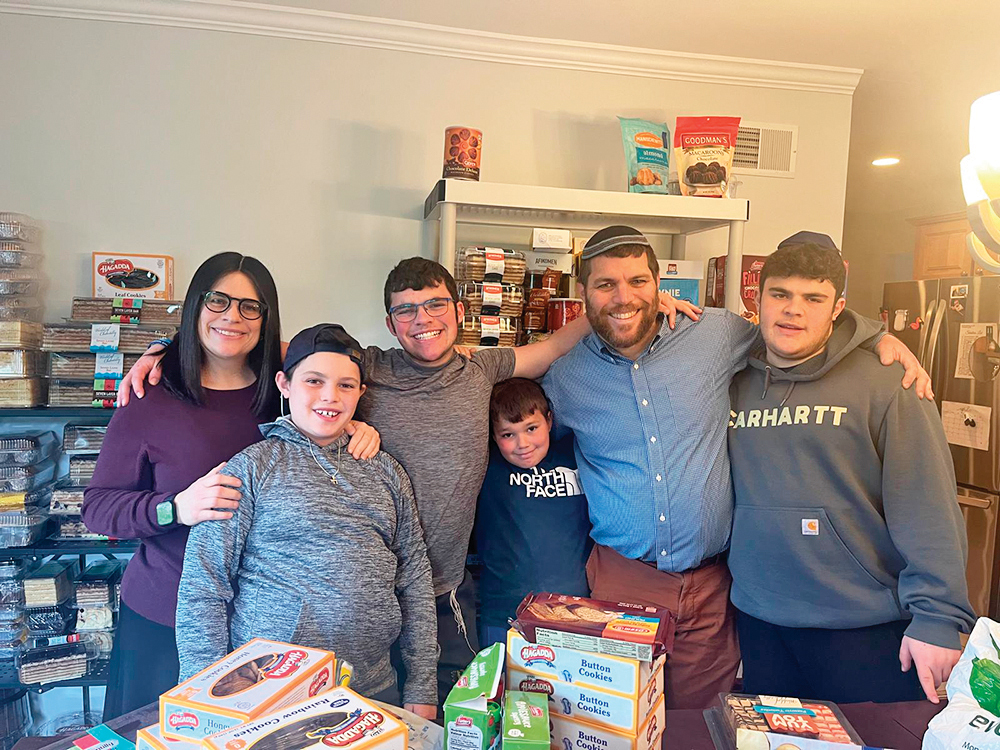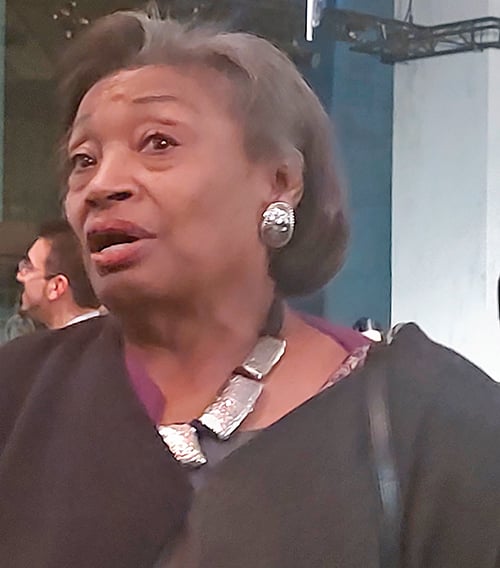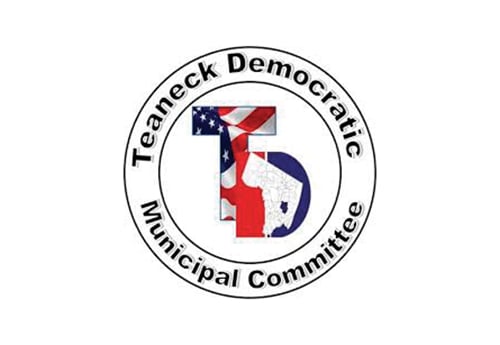



As those of you familiar with my first collection of stories, “Timeless Travels,” are already aware, over his lifetime, Jake Rabinowitz of Teaneck, New Jersey, has had a penchant for meeting celebrities. They include actors, musicians, athletes and men and women of letters, to name a few. Jake recently compiled for me a supplemental list of additional, famous people he has crossed paths with over the years, along with some details of these interesting, and sometimes dangerous, encounters.
George McGovern: Senator McGovern was the Democratic Party’s nominee for president in 1972 when he opposed Richard Nixon in the latter’s attempt at reelection. McGovern suffered the worst election loss in history, as Nixon, about to face his Watergate issues and ultimate resignation, trounced him in the popular and Electoral College votes. Jake, a young man at the time, remembered McGovern, a Midwesterner, as a rather tepid candidate, a nasal twang accompanying his distinct South Dakotan accent, pretty much unimpressive in debates and in advertising spots. Following his loss to Nixon, McGovern continued to serve in the Senate for a number of years and concluded his career representing the U.S. at the UN as a special ambassador. Jake’s personal encounter with McGovern consisted of a short meeting they shared in New York City when McGovern visited the office where Jake was employed. Jake was actually impressed by McGovern’s appearance at the time as he stood at least 6’ 1” tall, and at about 65 years of age seemed much more robust than he had appeared as a candidate 13 years earlier against Nixon. “Politics really does count,” thought Jake to himself as he directed McGovern to the elevator. McGovern, fairly attractive in person, simply did not come across on TV or film, ironically losing him the election to one of the least telegenic candidates of all time.
Walter Mondale: This former Democratic senator from Minnesota served a term as Jimmy Carter’s Vice President before losing in a landslide to Ronald Reagan in the 1984 presidential election. In this case, Jake encountered “Fritz” Mondale during the presidential race when Mondale appeared at an afternoon rally that took place in Teaneck. On this occasion, Jake was accompanied by his wife, Belle, and his infant daughter, Debra, aged 1 year. Mondale, known as an uninspiring speaker, tried to light a fire under the Teaneck crowd, but with little effect. As Mondale concluded his address, he stood in the audience where he gamely greeted anyone who wished to meet him. The line was fairly long, and by the time Jake and company reached Mondale, Debra had apparently had enough and started to wail. As Jake shook Mondale’s hand, the candidate reacted to Debra’s bawling with this pithy remark:
“I wasn’t that bad, was I?” asked the Senator.
Jake courteously declined to answer Mondale, simply leaving the auditorium with his family in tow.
Al Gore: Albert Gore, Jr. served as vice president to Bill Clinton for eight years (1992-2000). He stood as the Democratic candidate to succeed Clinton in the 2000 presidential election. Unlike McGovern and Mondale, Gore lost a closely contested contest against George W. Bush after a contentious Florida recount. That election took place on November 7, 2000. Earlier that year, Gore, whose daughter was graduating from Columbia Law School, was selected as keynote speaker to address the gathering at the commencement ceremonies. As it happened, Jake had a son who was also graduating that day, and found himself briefly in Gore’s presence. The Vice President was busy reviewing his speech, but he paused for a moment to shake Jake’s outstretched hand without looking him straight in the eye. Jake then returned to his seat to listen to the address that, while lengthy, was uninspiring. Later, Jake remembered that, given Gore’s career path following his loss to Bush (climate change activism and a 2007 Nobel Prize), Gore curiously made no reference whatsoever to climate change on that day in May, 2000.
John Lindsay: In the mid-1960s, New York City saw the rise of a politician who aspired to and reached the highest office in the city. John Lindsay physically resembled John F. Kennedy, but the resemblance was superficial, for Lindsay was more dilettante than serious leader. Prior to running for mayor, Lindsay had served three terms as a Republican U.S. Congressman in the city. The contest for mayor in 1965 was a hotly contested race between Lindsay, long-time Democratic politico Abe Beame (who ultimately succeeded Lindsay as mayor as New York’s first practicing Jewish mayor) and intellectual and publisher William F. Buckley on the Conservative Party ticket. In 1965, it was the intellectual lightweight in the race, John Lindsay, who triumphed on election day.
Jake’s brush with mayoral history took place on a sunny, spring day in May on the west side of Manhattan. It was mid-afternoon and Jake, done with his high school classes, was walking up Broadway to his home. Across the avenue, he noticed a crowd gathering around this rather tall figure who appeared to be shaking their hands. In a flash, Jake joined the crowd and decided to ask John Lindsay, out electioneering, for an autograph. As Jake worked his way in front, the only book he could offer Lindsay to sign was an Amsco geometry review book (a NYS Regents exam prep), wholly inappropriate for the occasion. Jake didn’t care; he thrust the book toward Lindsay, who glanced at the cover in some confusion, signed his name and commented only half-jokingly: “I’m not so good with numbers!” As time would tell, Lindsay was prophetic; when he left office seven years later in 1972, he left New York City on the brink of the worst economic crisis the city ever; unfortunately for Beame, Lindsay’s successor, the fiscal mismanagement of the Lindsay years only came home to roost on Beame’s watch.
John Gotti: Jake’s contact with the infamous Teflon Don, boss of the Gambino crime family, occurred without Jake being aware of the momentous events taking place in his proximity. It was a winter’s day, in December 1985, around 5 o’clock; darkness had already set in. Jake had picked up his car from the garage he frequented and was heading east on 46th Street just past Madison Avenue. The route would lead Jake to the entrance to the FDR North and home to New Jersey. Suddenly, traffic stopped just past the intersection of 46th street and Madison. And there it stood for the better part of a half hour. Just ahead of Jake’s car was a famous restaurant known as Sparks Steak House. In front of the restaurant at exactly 5:26 p.m., Paul Castellano, head of the Gambino crime syndicate and his driver/bodyguard were assassinated in an unsanctioned hit by four gunmen working for John Gotti, who arranged for the preemptive killing of Castellano before the latter had a chance to eliminate him. After at least a half hour, the NYPD allowed traffic to advance up the street, Jake drove slowly past the steak house and sped home. When he arrived safely at home in New Jersey, Jake could honestly say to his wife: “I saw nothing, I heard nothing, I know nothing.” Jake later read that a John Gotti had apparently sat in a parked car near the assassination as an observer. To this day, Jake is unaware exactly where Gotti’s car was parked that evening, but, is happy to leave well enough alone.
John Lennon: When Jake was in college on Morningside Heights, he actually took a geography course in which he studied the development of the island of Manhattan from colonial to modern times. During his studies he was struck by a series of colorful maps of the Upper West Side from the 1880s. What stood out on one particular map was the recently completed (1884) Dakota Apartments, the first luxury apartment building in Manhattan. The Dakota was so named because, at the time of its construction, the area was sparsely inhabited and considered remote from the more densely populated areas of Manhattan. On the map in question, the Dakota stood out from its surroundings for miles around. The building and its history fascinated Jake for many years, even more so when one of the most famous musicians in the world took up residence there in the 1970s with his wife and children. John Lennon became a familiar figure in the neighborhood and Jake recalled passing by Lennon on nearby streets or observing him on occasion in Central Park.
Among the Dakota’s notable design characteristics was its unique entranceway, influential in the construction of other, similar West Side apartment complexes such as the Apthorp and Belnord. These buildings provide distinctive drive (or walk) through entranceways that open into large atria filled with floral gardens and arbors; the entranceways create a sense of mystery, of things hidden from general public view. Sadly, on one particular December night in 1980, the Dakota’s entranceway was the scene of no mystery. Jake had been in the neighborhood the day before, visiting with a client for an important business meeting. The next day, Monday, December 8, a crazed “fan,” Mark David Chapman, shot and killed John Lennon as he innocently walked through the archway of the Dakota, forever marking that location in the history of the landmark building. The price of fame: Too costly!
Joseph Rotenberg, a frequent contributor to The Jewish Link, has resided in Teaneck for over 45 years with his wife, Barbara. His first collection of short stories and essays, entitled “Timeless Travels: Tales of Mystery, Intrigue, Humor and Enchantment,” was published in 2018 by Gefen Books and is available online at Amazon.com. He is currently working on a follow-up volume of stories and essays.












